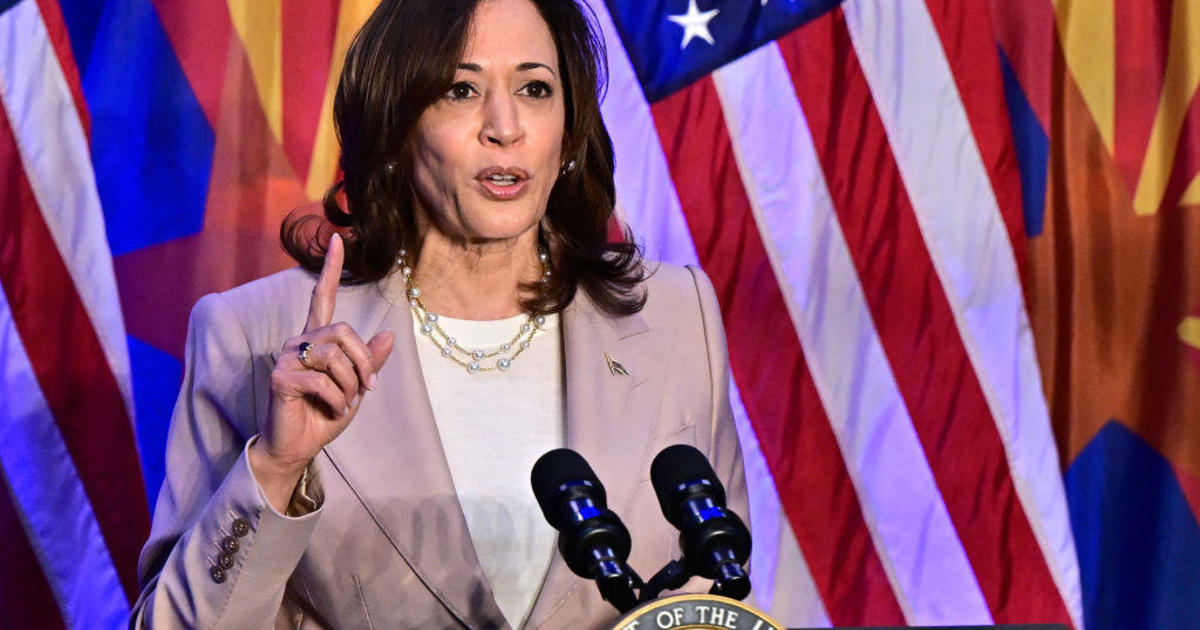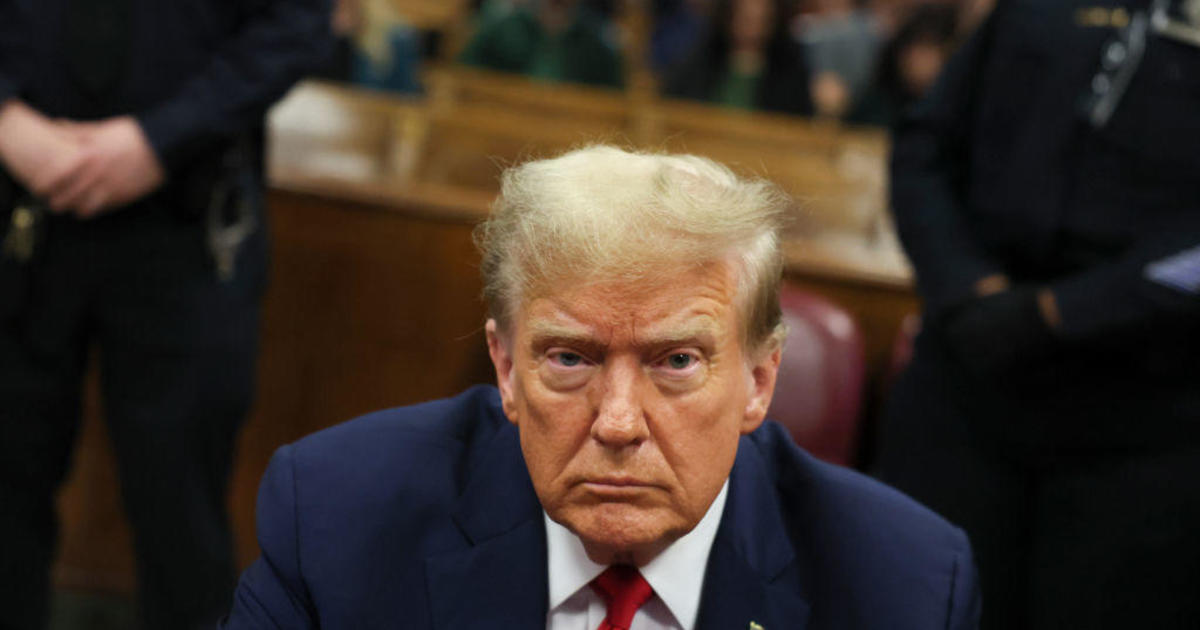Every government shutdown — and how long they lasted
The partial government shutdown that started Dec. 22 is now the longest in U.S. history — and there's no end in sight.
This is the 21st government shutdown since Congress adopted new budgeting procedures in 1976, according to the Congressional Research Service, and it was also the third in 2018 alone. For perspective, there were only three shutdowns in the 25 years before 2018.
The history of government gridlock shows a pattern: Shutdowns are usually resolved in just a few days, or they drag on for two or three weeks.
The shutdowns start when the president and Congress can't agree on government funding — and the longer they last, the more they hurt the economy. Hundreds of thousands of federal workers are furloughed, services are ceased and major tourist attractions close. Standard & Poor's estimated last year that shutdowns cost the U.S. $6.5 billion a week. The last major shutdown, in 2013, cost $24 billion — a rate of nearly $1.5 billion a day, according to S&P.
The current shutdown broke the record Saturday, Jan. 12, when it was 22 days. This is what all the partial or complete shutdowns of the past looked like:
2018
January: 3 days. The first shutdown under President Trump started in January after the president faced off with Congress on the fate of the Deferred Action for Childhood Arrivals act.
February: 1 day. The second shutdown on 2018, which came in February, was resolved in a matter of hours overnight with little interruption to government operations.
2013
October: 16 days. Congressional disputes over budgets and funding the Affordable Care Act led to the only shutdown under President Barack Obama.
1995-1996
December-January: 21 days. Just a month after resolving a prior shutdown, President Bill Clinton and House Speaker Newt Gingrich ran into a stalemate over a 7-year budget plan. Thus began the longest shutdown in U.S. history until now, which went from early December through the first week of the new year. The shutdown went on so long that museums relied on private funds to reopen, and therapists said they were getting crisis calls from out-of-work civil servants.
1995
November: 5 days. The first of two shutdowns under Clinton started over budget disputes largely centered on Medicare and environmental regulations.
1990
October: 3 days. President George H.W. Bush's only shutdown.
1987
December: 1 day. Disagreements over funding Contras militants in Nicaragua caused one of several short shutdowns in Ronald Reagan's presidency. Reagan, who was in office from 1981 to 1989, oversaw more shutdowns than any other president, but none lasted more than three days.
1986
October: 1 day.
1984
October: 1 day. The prior shutdown ended with a three-day funding extension, and so this one began immediately after that ran up.
September-October: 2 days.
1983
November: 3 days.
1982
December: 3 days.
October: 1 day.
1981
November: 2 days.
1979
September-October: 11 days. Abortion funding was the biggest budget dispute that led to one of several lengthy shutdowns during President Jimmy Carter's single term, from 1977 to 1981.
1978
September-October: 17 days. Carter was president during what would be the longest shutdown on record for nearly two decades.
1977
November-December: 8 days. An 8-day shutdown that started three weeks after another 8-day shutdown ended.
October-November: 8 days.
September-October: 12 days.
1976
September-October: 10 days. In the first year that there could have been a government shutdown, there was a government shutdown. With Congress operating under a new budgeting process, President Gerald Ford vetoed a $56 billion spending bill he deemed too expensive.



